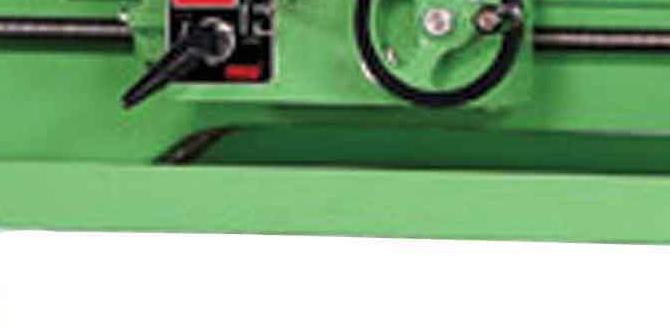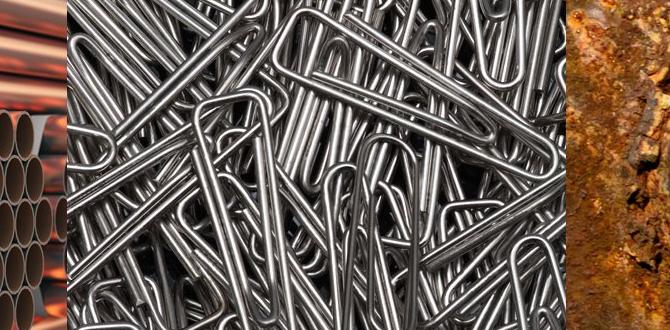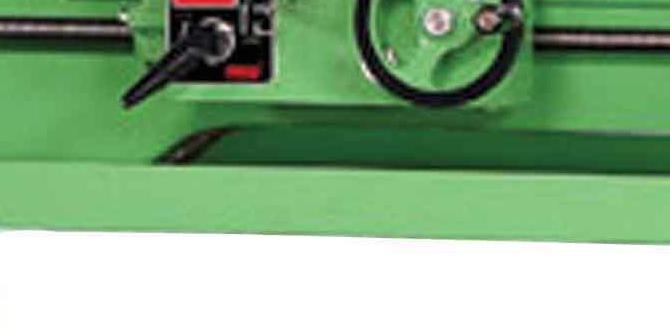Mastering Wood Lathe Angles: A Stunning Expert Guide
Mastering wood lathe cutting angles explained is fundamental to unlocking the full potential of your woodworking projects. Whether you’re a seasoned craftsman or just beginning to spin timber, understanding how the precise angles of your cutting tools interact with the rotating wood can be the difference between a rough, uneven surface and a flawlessly smooth, professional finish. This guide will demystify the often-confusing world of lathe angles, equipping you with the knowledge to sculpt, shape, and refine your creations with confidence and precision.
The core principle behind woodturning is friction and shear. As a sharp tool meets the spinning workpiece, the angle at which it contacts the wood dictates how much material is removed, the smoothness of the cut, and the forces exerted on both the tool and the workpiece. Incorrect angles can lead to chatter, tool digging, torn grain, and even dangerous kickbacks. Conversely, precise angles promote efficient material removal, clean cuts, and a comfortable, controlled turning experience.
Understanding the Key Angles on Your Wood Lathe Tools
Lathe tools, particularly chisels and scrapers, possess several critical angles that determine their performance. We can broadly categorize these into clearance angles and cutting angles.
Clearance Angles: These are the angles that prevent the tool from rubbing against the workpiece without cutting. Think of them as the “non-cutting” surfaces of the tool that are slightly raised from the workpiece.
Heel Clearance (or Primary Clearance): This is the angle on the underside of the tool, immediately behind the cutting edge. It’s the most crucial clearance angle. If it’s too small, the tool will drag and burnish the wood instead of cutting, leading to a rough finish and excessive heat. If it’s too large, the cutting edge becomes weaker and more prone to chipping.
Side Clearance: This angle on the side of the tool prevents it from rubbing against the cylindrical surface of the workpiece as you move the tool along. It’s particularly important for tools used for shaping, like spindle gouges.
Cutting Angles: These are the angles that directly interact with the wood to remove material.
Bevel Angle (or Grind Angle): This is the angle of the cutting edge itself. It’s the angle formed by two planes meeting at the cutting edge. This is arguably the most discussed and varied angle among woodturners. The ideal bevel angle depends heavily on the type of tool, the wood being cut (hardwood vs. softwood), and the specific operation.
Wood Lathe Cutting Angles Explained: The Bevel’s Crucial Role
Let’s delve deeper into the wood lathe cutting angles explained, focusing on the bevel. The bevel angle dictates the sharpness and strength of the cutting edge, as well as how it interacts with the wood’s grain.
General Purpose Tools (e.g., Spindle Gouge, Roughing Gouge): For general-purpose turning, a bevel angle between 40 and 60 degrees is common.
Sharper (Lower) Bevels (e.g., 40-50 degrees): These offer a keener cutting edge, ideal for slicing through wood cleanly, especially on end grain or for achieving a very smooth finish. However, they are more fragile and prone to chipping, requiring more frequent sharpening.
Blunter (Higher) Bevels (e.g., 55-60 degrees): These create a stronger cutting edge, better suited for roughing out material, turning tougher hardwoods, or for turners who prefer a more robust tool. They might not achieve the same razor-sharpness as a lower bevel but are more durable.
Scrapers: Scrapers, unlike gouges, don’t have a traditional bevel. Instead, they have a burr formed by burnishing the edge. The angle at which this burr is presented to the wood is critical. Typically, scrapers are presented almost perpendicular to the wood surface, with a slight drag angle.
Skew Chisels: These specialized tools have a unique bevel angle that allows them to shear the wood with a slicing action. The angle of the bevel on a skew chisel is often more acute than on a gouge, allowing it to engage the wood at a more oblique angle. This angle, combined with the tool’s placement, is crucial for smooth finishing cuts and for creating decorative flares and beads.
Adjusting and Maintaining Angles for Optimal Performance
Achieving the correct wood lathe cutting angles explained isn’t a one-time setup. It involves a combination of proper grinding techniques and careful tool handling during the turning process.
Grinding: Sharpening your tools correctly is paramount. Most woodturners use a grinding jig to maintain consistent angles. The angle of your grinding wheel and the jig setup will determine the bevel angle you achieve. It’s recommended to use a grinder with a relatively slow speed for turning tools to avoid overheating and damaging the temper of the steel.
Tool Rest Placement: The angle of your tool rest plays a symbiotic role with your tool’s angles. The tool rest should generally be set close to the workpiece, allowing the tool to pivot around it. The height of the tool rest relative to the center line of the lathe is also critical. Often, the tool rest is set at or slightly below the centerline for roughing and shaping, and may be raised slightly for finishing cuts to encourage a slicing action.
Angle of Attack: Even with the correct tool angles, how you present the tool to the wood (the “angle of attack”) is crucial. This refers to the angle at which the cutting edge meets the rotating workpiece. For instance, a spindle gouge is often presented at an angle of around 45 degrees to the wood’s surface for a controlled cut. Deviating significantly from this can lead to problems.
Common Pitfalls and How to Avoid Them
Chatter: This is that annoying vibration that leaves a series of ripples on your workpiece. It’s often caused by a blunt tool, incorrect clearance angles, a poor tool rest setup, or taking too aggressive a cut. Ensure your tools are sharp and that your clearance angles are adequate.
Torn Grain: This occurs when the wood fibers are pulled out rather than cleanly cut. It’s frequently seen on figured woods or around knots. Using a sharper tool, reducing the bevel angle slightly, and taking lighter cuts can help. Approaching the wood with a slicing motion, rather than a pushing one, is also beneficial.
Tool Digging: This is when the tool suddenly plunges into the wood, often leading to a significant gouge or even a dangerous kickback. Insufficient clearance angles, a blunt edge, or an improper angle of attack are common culprits.
By understanding and meticulously applying the principles of wood lathe cutting angles explained, you can transform your turning experience. It’s a journey of continuous learning and refinement. Experiment with different angles on scrap pieces, observe how your tools behave, and gradually develop an intuitive feel for what works best for you and your projects. The reward for this attention to detail is not just better-looking workpieces, but a more enjoyable and safer time at the lathe.



